Calcific Aortic Valve Disease
Calcific aortic valve disease. Calcific aortic valve disease CAVD results in progressive dysfunction of the aortic valve AV Fig. Calcific aortic valve disease CAVD is the most frequent heart valve disorder. Calcific aortic valve disease CAVD is a slow progressive disorder that ranges from mild valve thickening without obstruction of blood flow termed aortic sclerosis to severe calcification with impaired leaflet moti.
Spectrum of calcific aortic valve disease. Calcific aortic valve disease is a slowly progressive disorder with a disease continuum that ranges from mild valve thickening without obstruction of blood flow termed aortic sclerosis to severe calcification with impaired leaflet motion or aortic stenosis Figure 1. Calcification occurs in atherosclerotic vascular lesions and In the aortic valve.
Sclerosis and calcific aortic valve disease have led to the hypothesis that calcific aortic valve disease is primarily a manifestation of atherosclerosis3844 However there also are dissimilarities in these disease processes that may suggest a more complicated picture. Biological Processes Implicated In Aortic Valve Lesion Pathogenesis. Calcific aortic valve disease Calcific aortic valve disease is the most common valvular heart disease in the aging population of the developed world with projected disease burden expected to increase from 25 million in 2000 to 45 million in 2030 1.
1a which can cause cardiac hypertrophy failure. Pathogenesis disease progression and treatment strategies Circulation. Calcific aortic valve disease CAVD is a highly active process and upregulation of osteogenic signaling is thought to be a major driver to initiation and progression of disease.
Calcific aortic valve disease CAVD is a slow progressive disorder that ranges from mild valve thickening without obstruction of blood flow termed aortic sclerosis to severe calcification with impaired leaflet motion termed aortic stenosis. Degenerative aortic valve disease characterized macroscopically as increased leaflet thickness stiffening and calcification without commissural fusion is common among the elderly with echocardiographic evidence of calcification in 14 and moderate to severe valve obstruction in 5 of a randomly selected group of men and women aged 75 to 86 years. It is characterized by an active remodeling process accompanied with valve mineralization that results in a progressive aortic valve narrowing significant restriction of the valvular area and impairment of blood flow.
Calcific aortic valve disease CAVD is a major cause of aortic stenosis which results in angina syncope heart failure and death 1. Calcification of the aortic valve is an active process characterized by calcific nodule formation on the aortic surface leading to a less supple and more stiffened cusp thereby limiting movement and causing clinical stenosis. Despite identification of multiple risk factors and related molecular pathway alterations there are no approved drugs for CAVD treatment 2 3.
Degenerative calcific aortic valve stenosis CAVS is the most common type of valvular disease in the Western world representing a substantial and increasing disease burden in the ageing population. 1 Upon mild valve obstruction disease progression with.
Calcific aortic valve disease is a slowly progressive disorder with a disease continuum that ranges from mild valve thickening without obstruction of blood flow termed aortic sclerosis to severe calcification with impaired leaflet motion or aortic stenosis Figure 1.
Calcification occurs in atherosclerotic vascular lesions and In the aortic valve. It is characterized by an active remodeling process accompanied with valve mineralization that results in a progressive aortic valve narrowing significant restriction of the valvular area and impairment of blood flow. Calcific aortic valve disease CAVD is a slow progressive disorder that ranges from mild valve thickening without obstruction of blood flow termed aortic sclerosis to severe calcification with impaired leaflet moti. The mechanisms underlying these pathogenic changes are largely unknown b. 1a which can cause cardiac hypertrophy failure. Pathogenesis disease progression and treatment strategies Circulation. Degenerative calcific aortic valve stenosis CAVS is the most common type of valvular disease in the Western world representing a substantial and increasing disease burden in the ageing population. Calcific aortic valve disease CAVD results in progressive dysfunction of the aortic valve AV Fig. Calcification of the aortic valve is an active process characterized by calcific nodule formation on the aortic surface leading to a less supple and more stiffened cusp thereby limiting movement and causing clinical stenosis.
Calcific aortic valve disease CAVD is a major cause of aortic stenosis which results in angina syncope heart failure and death 1. Calcific aortic valve disease CAVD is a slow progressive disorder that ranges from mild valve thickening without obstruction of blood flow termed aortic sclerosis to severe calcification with impaired leaflet motion termed aortic stenosis. Calcific aortic valve disease is a slowly progressive disorder with a disease continuum that ranges from mild valve thickening without obstruction of blood flow termed aortic sclerosis to severe calcification with impaired leaflet motion or aortic stenosis Figure 1. Degenerative calcific aortic valve stenosis CAVS is the most common type of valvular disease in the Western world representing a substantial and increasing disease burden in the ageing population. 1 Upon mild valve obstruction disease progression with. Calcification of the aortic valve is an active process characterized by calcific nodule formation on the aortic surface leading to a less supple and more stiffened cusp thereby limiting movement and causing clinical stenosis. Sclerosis and calcific aortic valve disease have led to the hypothesis that calcific aortic valve disease is primarily a manifestation of atherosclerosis3844 However there also are dissimilarities in these disease processes that may suggest a more complicated picture.

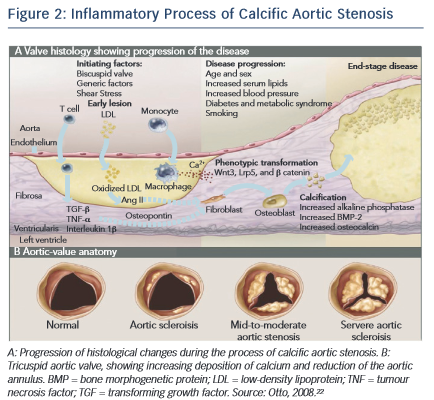



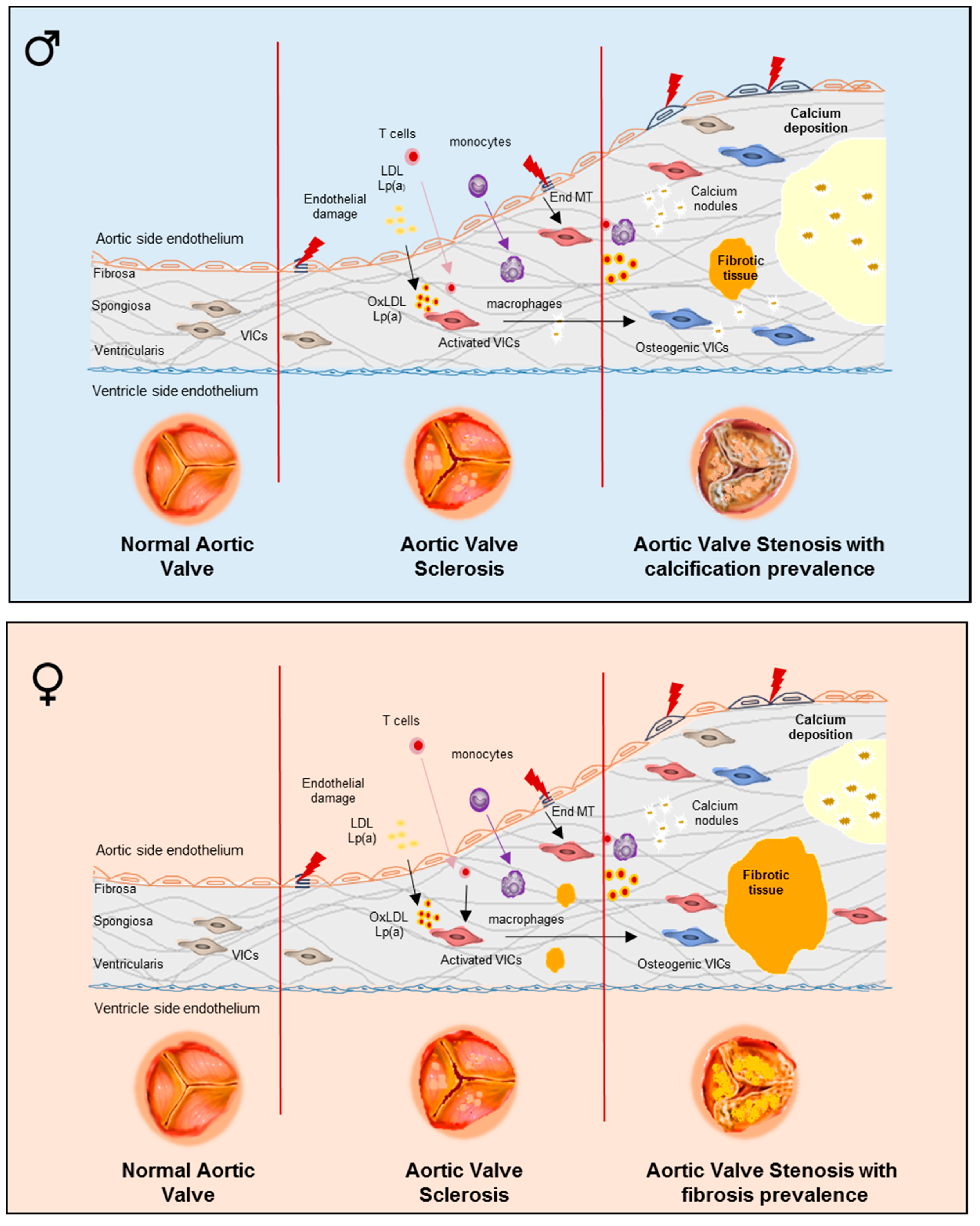



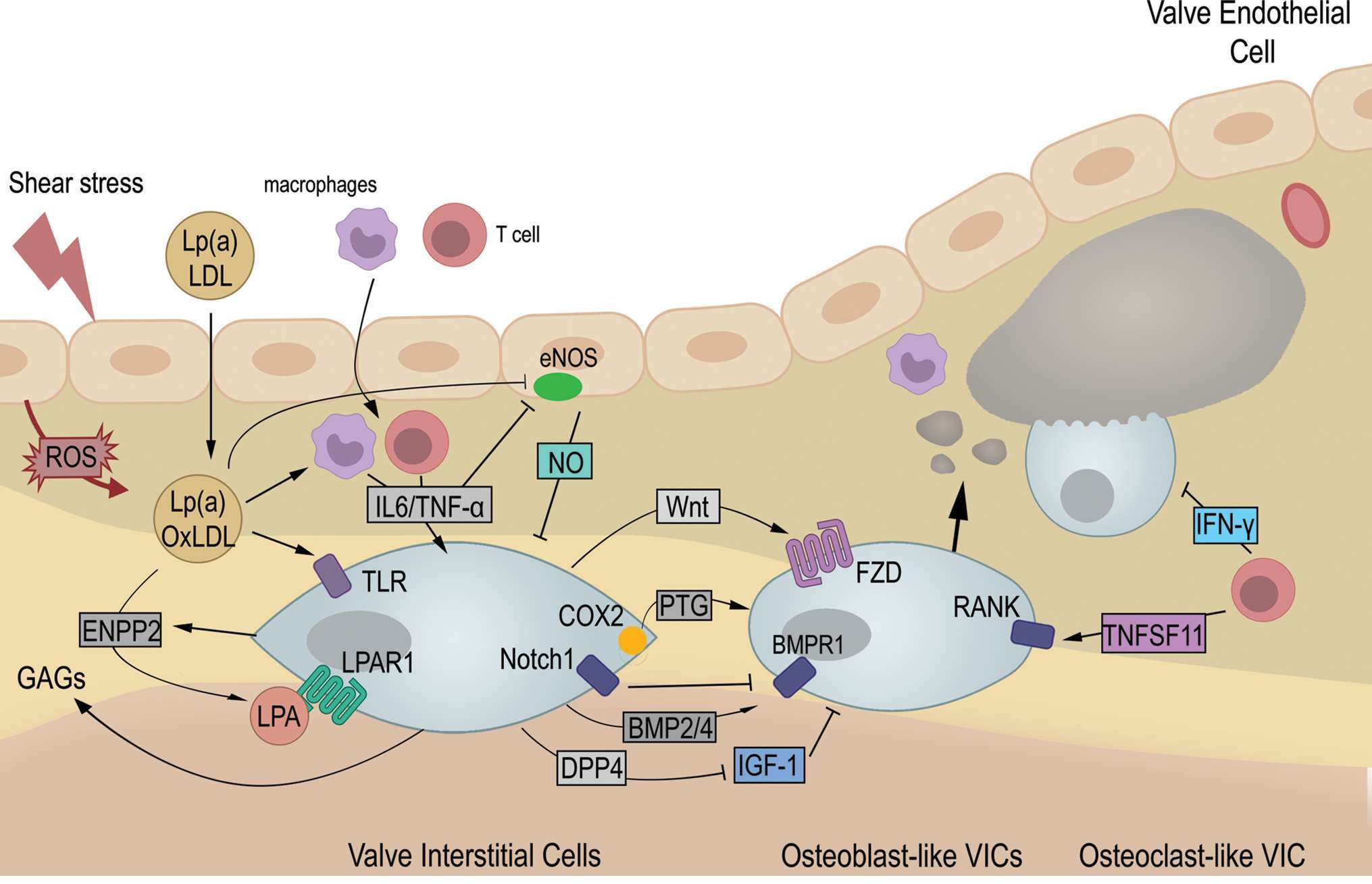




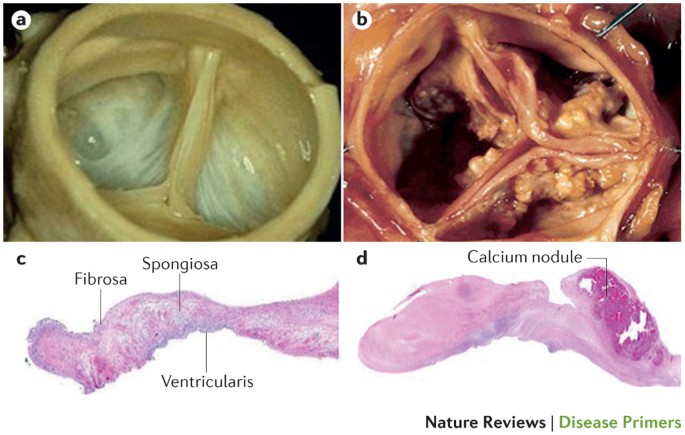



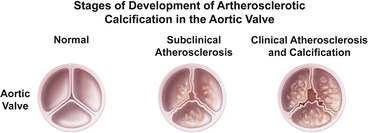

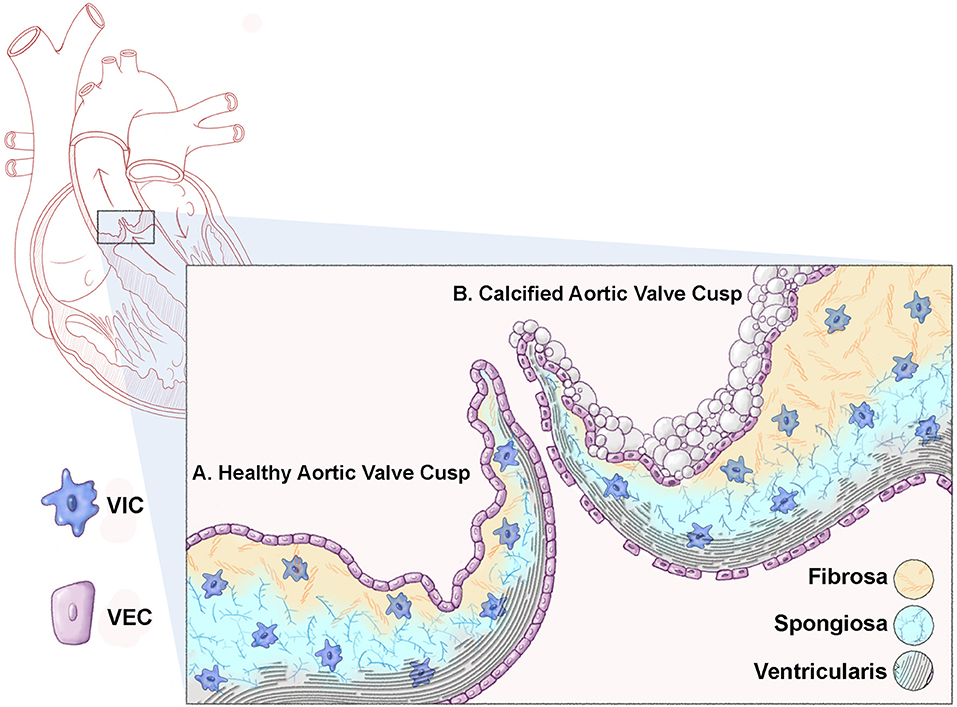



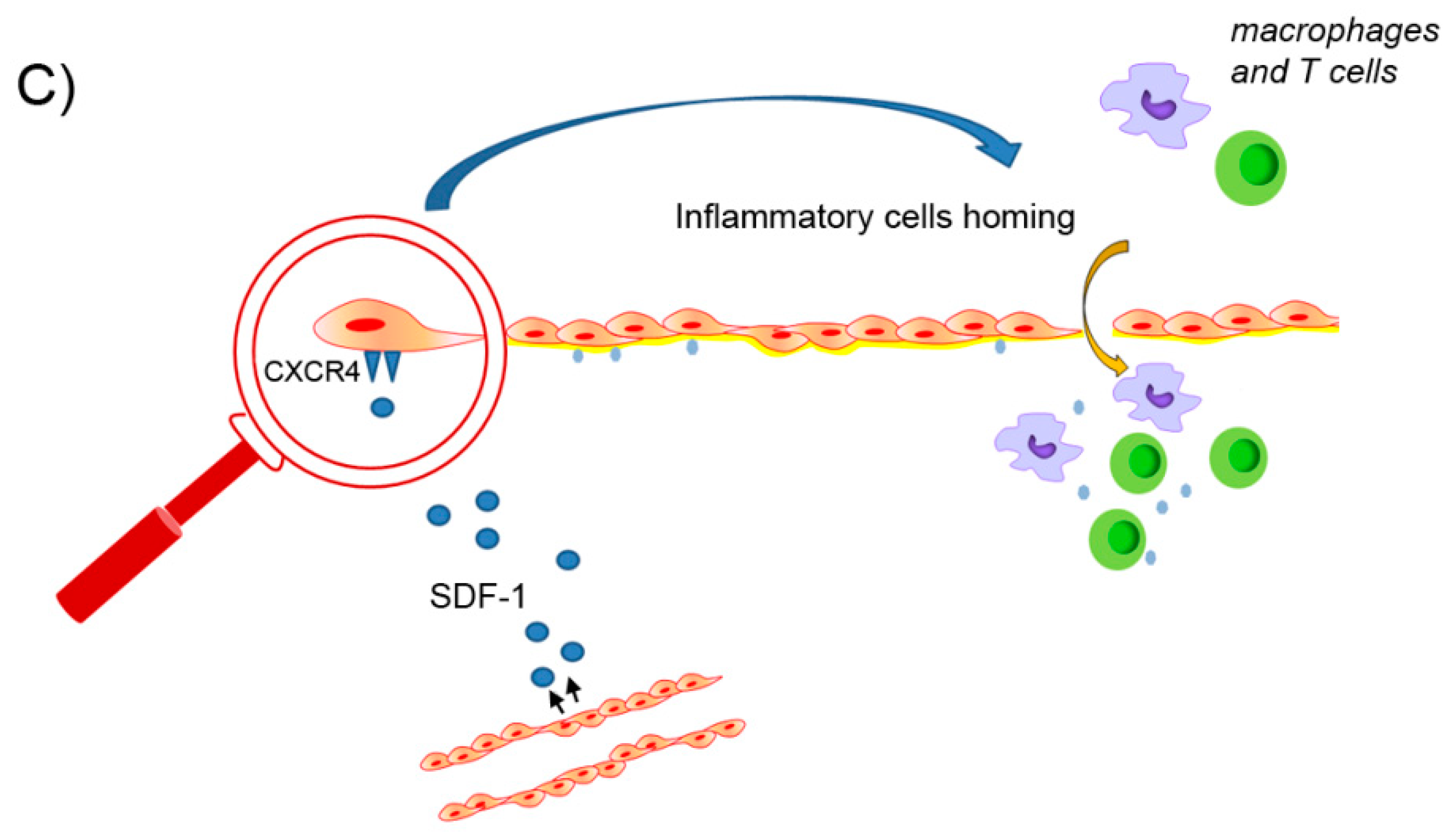



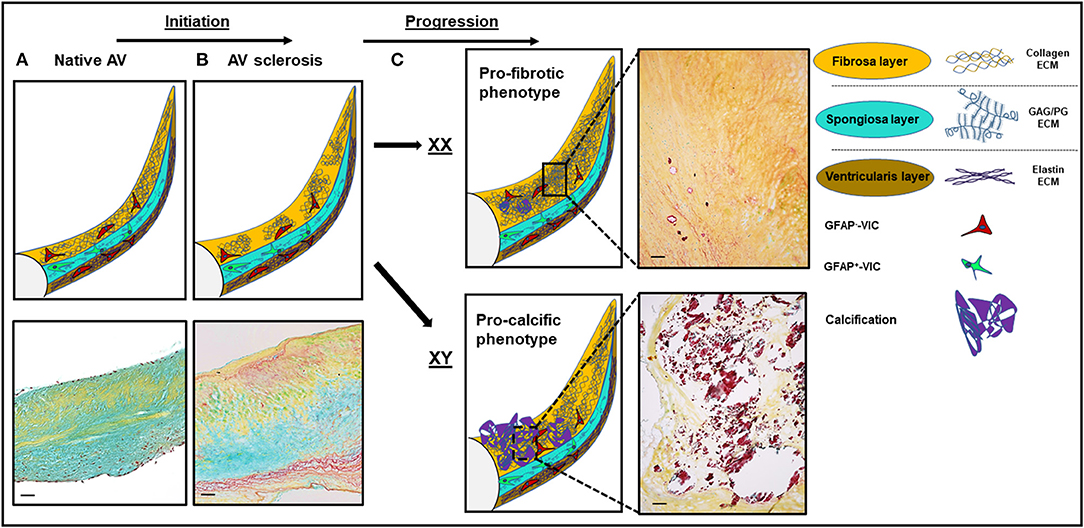
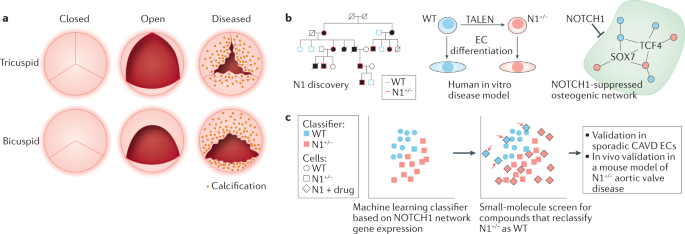
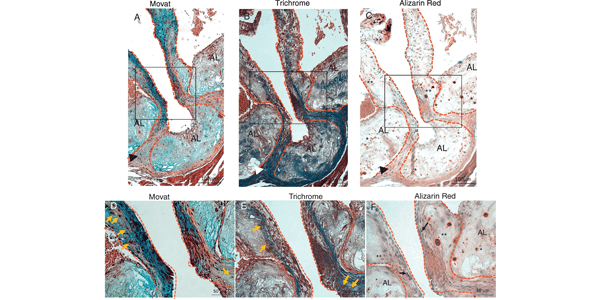
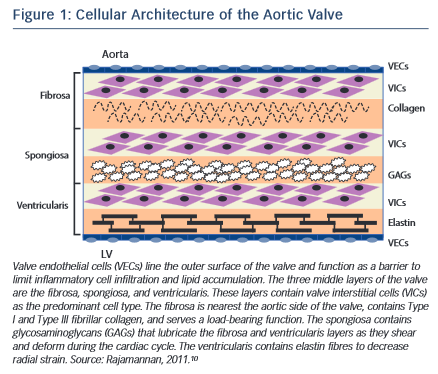


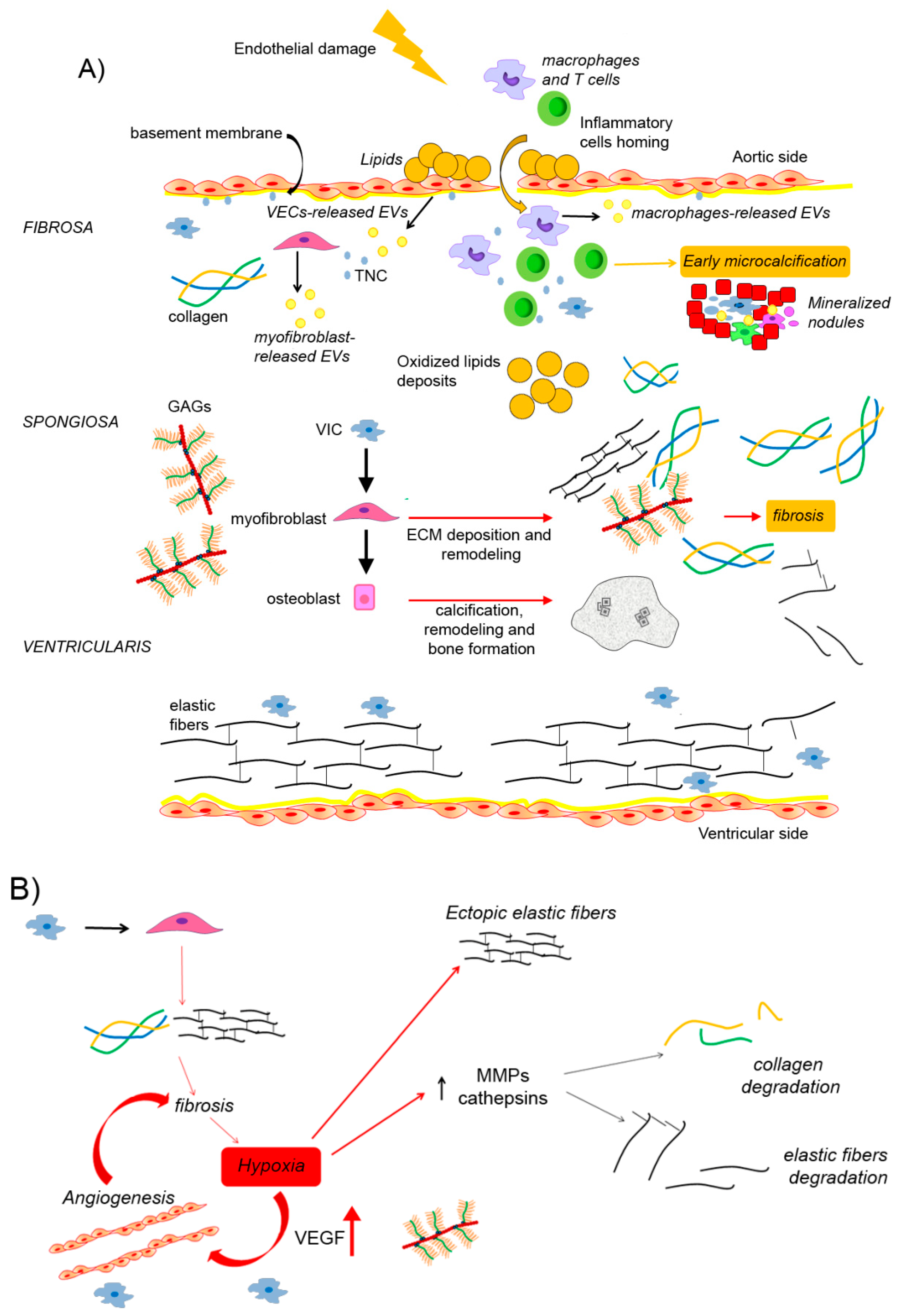

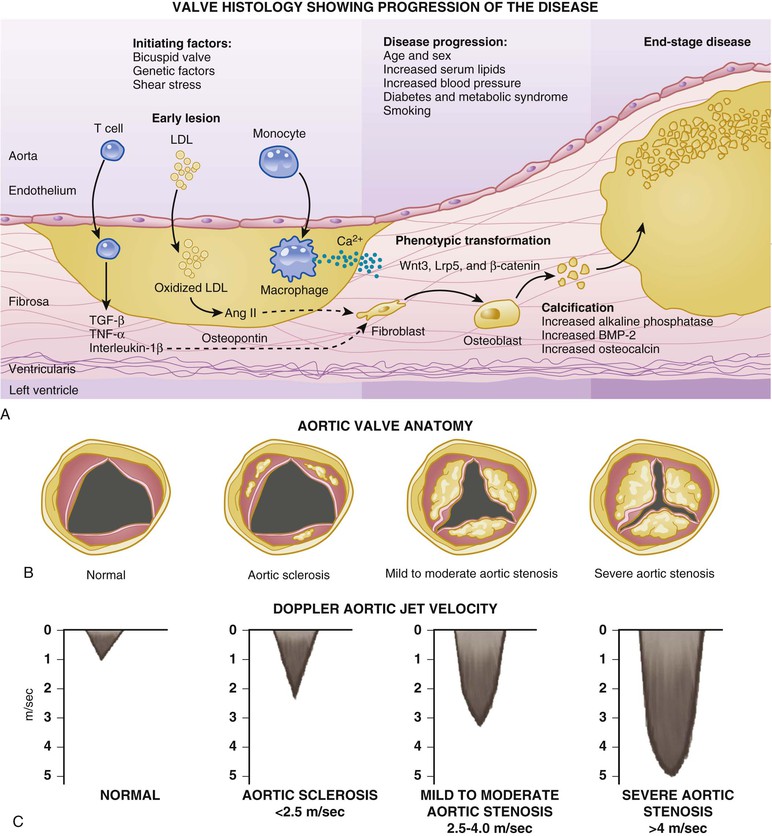



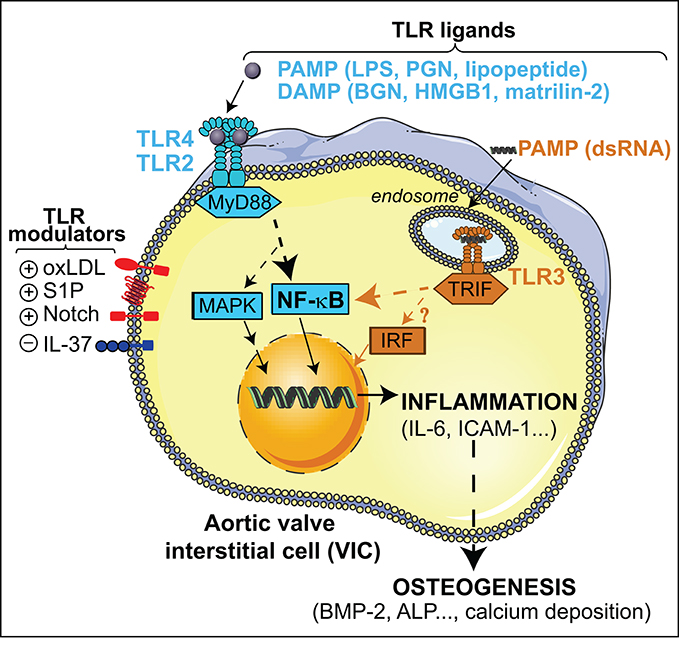


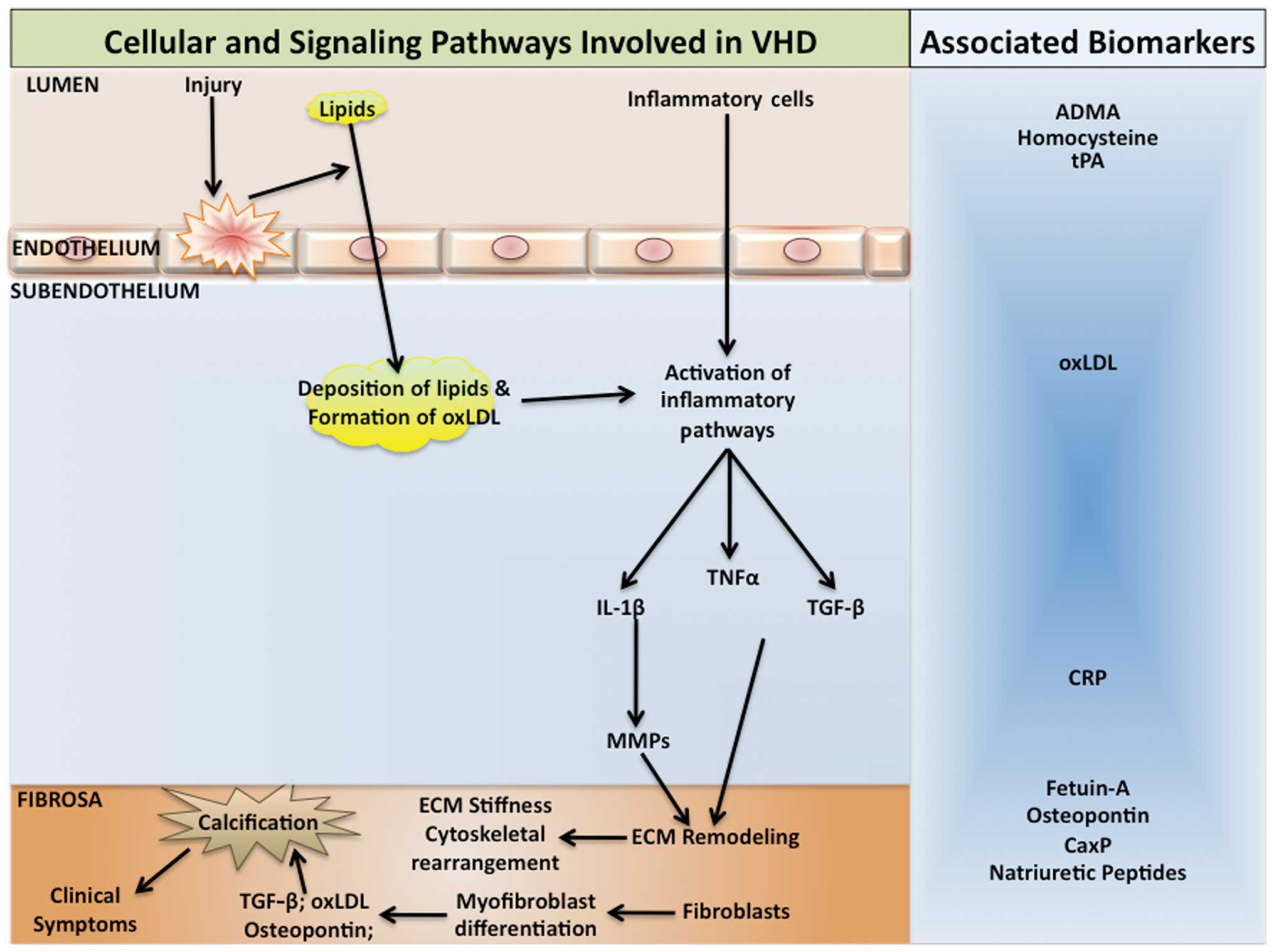
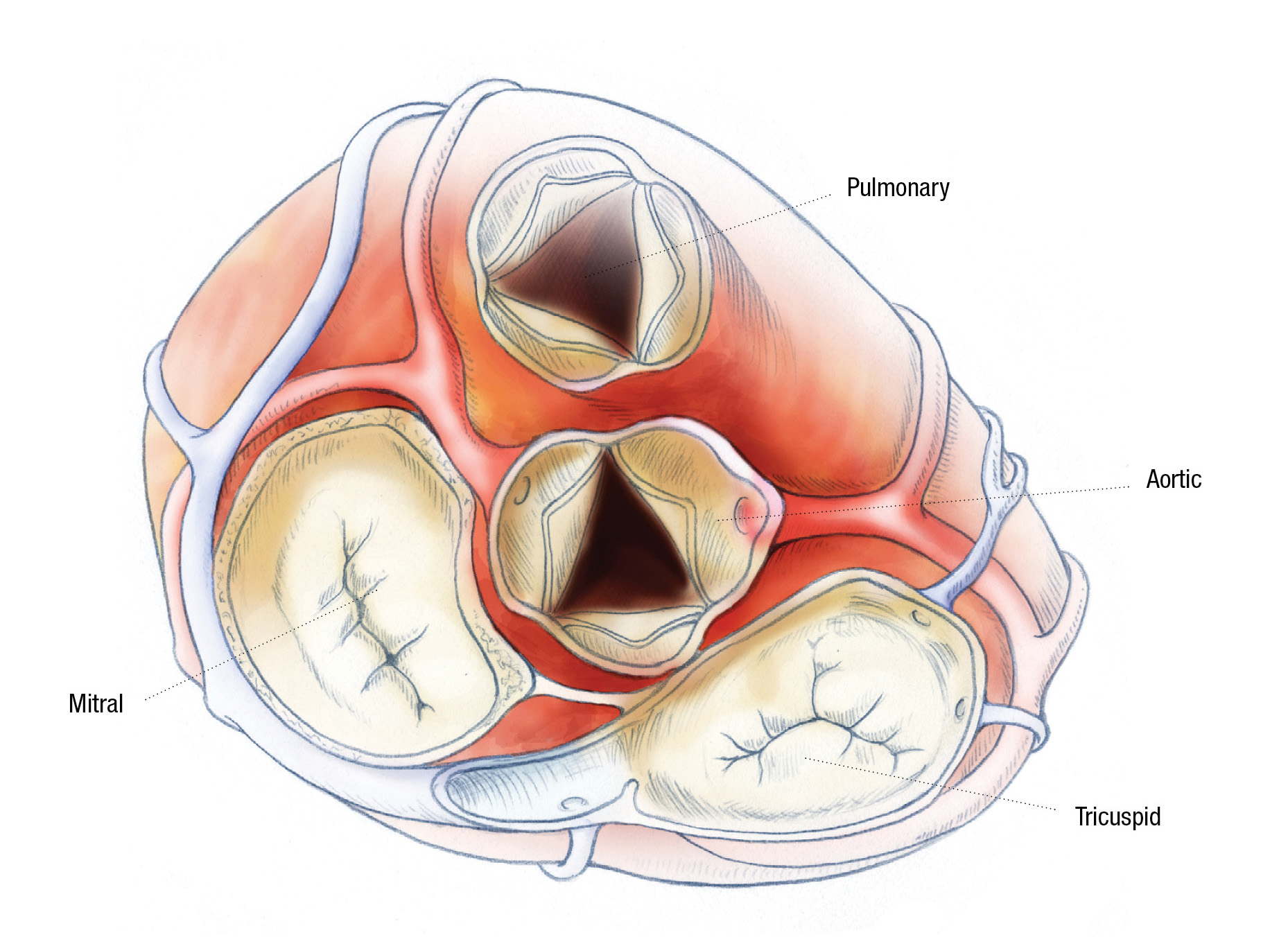
Post a Comment for "Calcific Aortic Valve Disease"